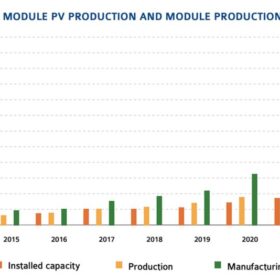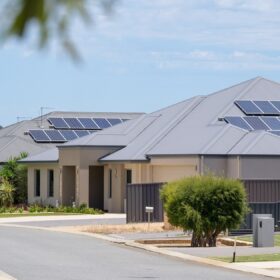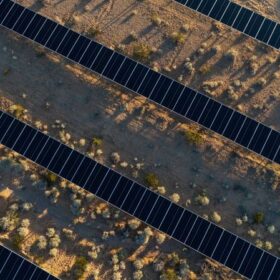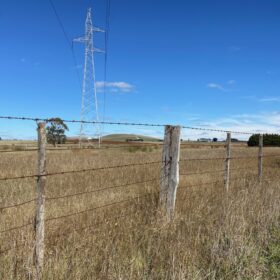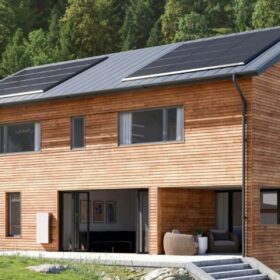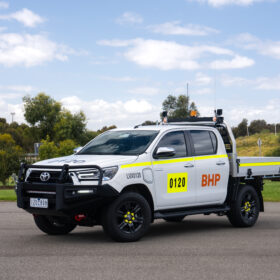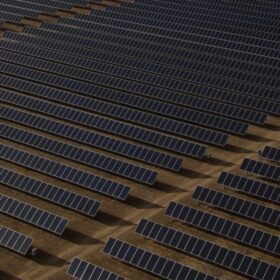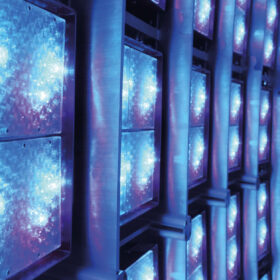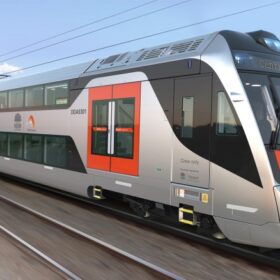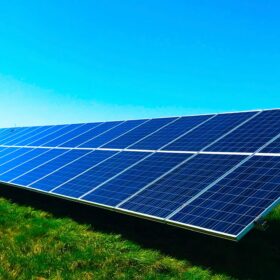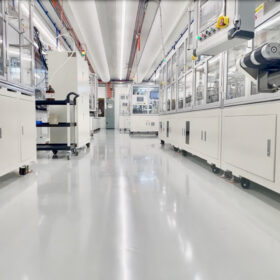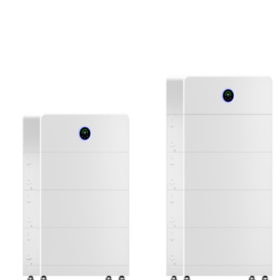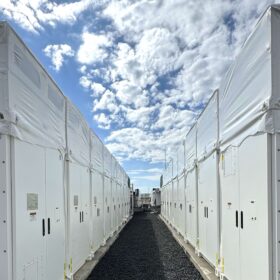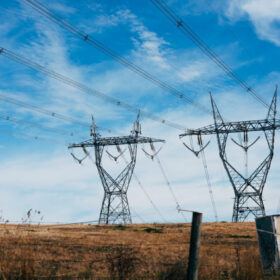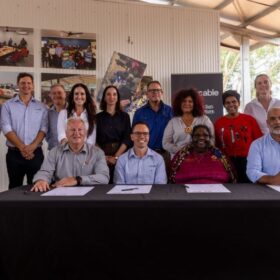Solar manufacturing facing substantial pressures, says IEA-PVPS
The International Energy Agency Photovoltaic Power Systems Programme says in its latest report that 2023 was a record-breaking but tumultuous year for solar development. It says the manufacturing industry faces pressure from supply-demand imbalances, with overcapacity causing prices to collapse.
Rooftop solar install rates on rise after record month
Rooftop solar installations in Australia recorded a 6% jump in October with the latest monthly data revealing 279 MW of small-scale rooftop PV was installed on household and business roofs across the country last month.
Quinbrook announces sale of Energy Locals retail platform
Renewable energy focused investment manager Quinbrook Infrastructure Partners has offloaded electricity retailer Energy Locals to a consortium led by Australian fund manager Palisade Impact.
TCV reveals preferred easement for Victoria to NSW interconnector project
The preferred easement for the 240-kilometre Victorian section of the Victoria to New South Wales Interconnector West transmission line project has been released by Transmission Company Victoria.
Tesla releases Powerwall 3 expansion units for more capacity at lower price
Each expansion unit adds another 13.5 kWh of storage capacity to the original installation with a maximum of three such units connected to a single Powerwall. Now available in the United States, the new product comes at a lower cost and slashes installation time by roughly half to 22 minutes.
Toyota teams with BHP to test electric HiLux dual-cab
With electric vehicle demand continuing to grow in Australia, Japanese auto manufacturer Toyota has revealed it will team with mining giant BHP to trial the “first ever” battery-powered HiLux dual-cab ute.
Utility-scale solar additions hit 46.8 GW since start of 2023, says Wiki-Solar
PV data consultancy Wiki-Solar says the world’s top solar developers have added nearly 50 GW of new solar capacity since early 2023, raising their cumulative capacity to 146.7 GW – more than one-fifth of the global total.
On the small side: module power output distortion on rise
A study by German research institute Fraunhofer ISE has revealed a troubling trend. Data shows that modules are increasingly attributed higher power ratings than they actually have. Though the percentages are incremental, it all
adds up.
NSW transport service trains its sights on multiple 30 MW grid-scale batteries
State government services and road agency Transport for NSW is investigating the deployment of multiple 30 MW grid-scale battery energy storage systems to help decarbonise its Sydney heavy rail network.
UK investment firm commissions two solar battery projects in NSW
London-headquartered investment firm VH Global Sustainable Energy Opportunities has completed the construction and commissioning of two solar and storage hybrid systems in New South Wales.
